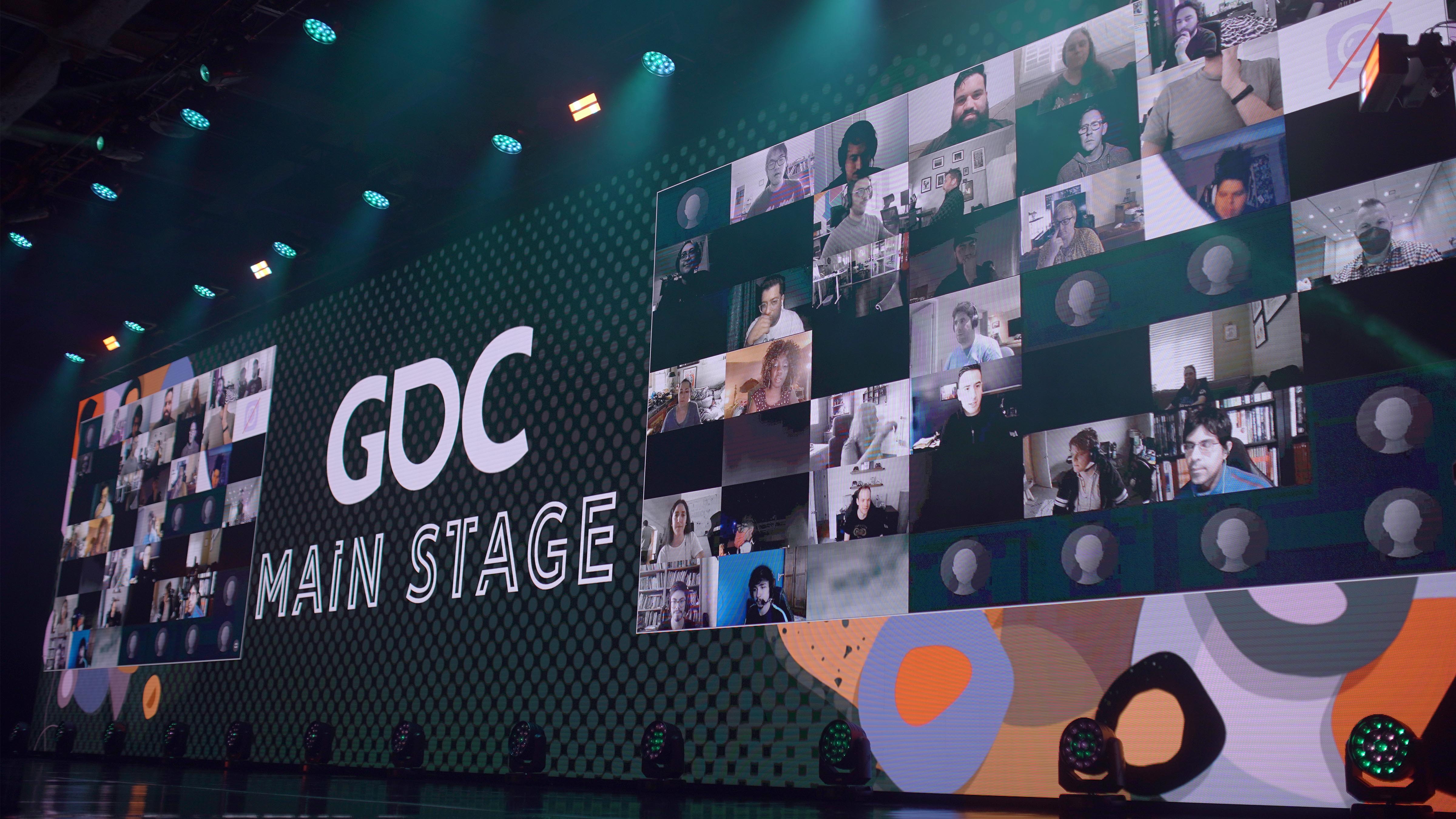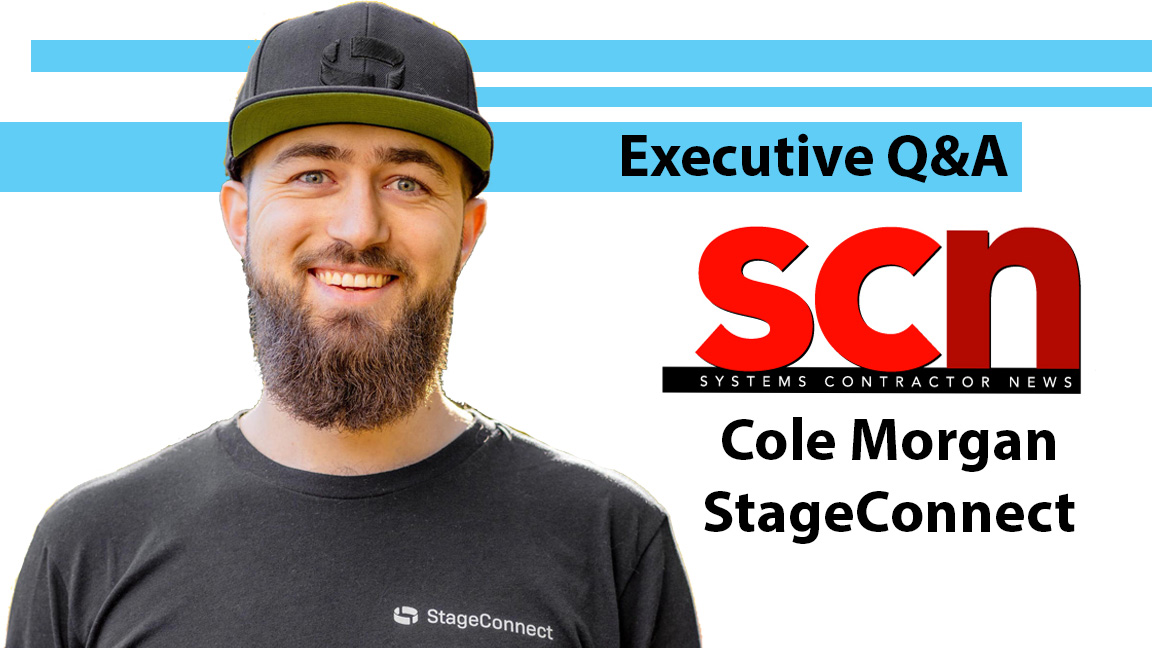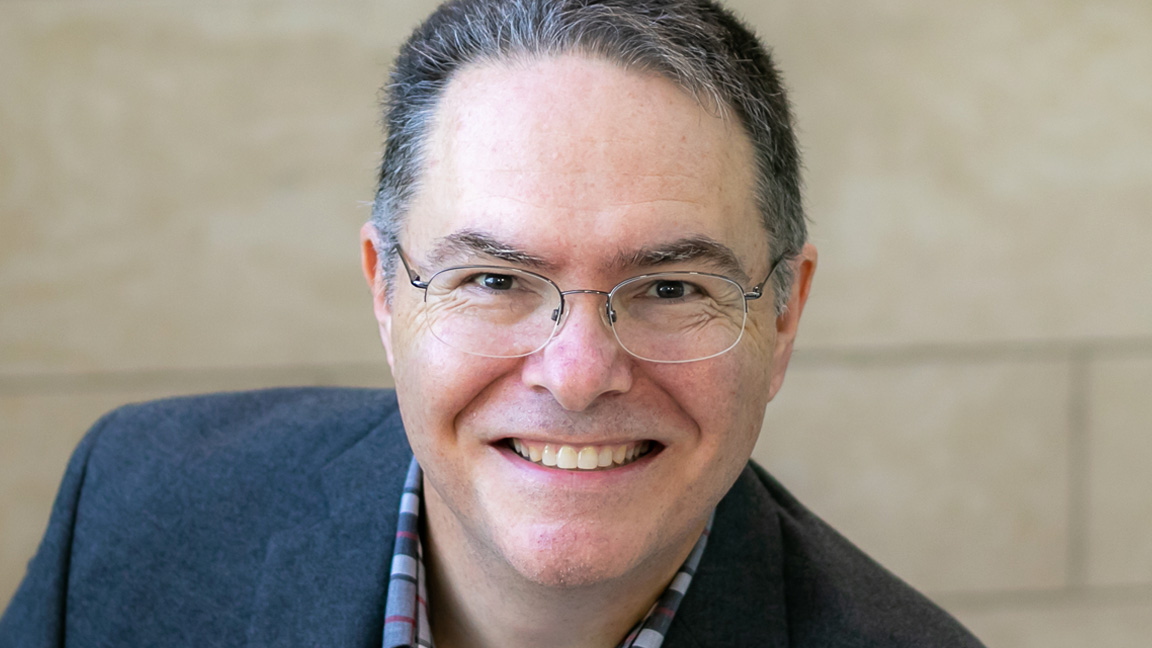SCN: When do you establish StageConnect, and what are your responsibilities?
Cole Morgan: My co-founder, Matt Murphy, and I started working on the company in November 2019 and filed the official paperwork in July 2020. I am CEO and CTO of the company. My responsibilities are to set the vision of the company, pace the company for the industry, drive the product forward, and manage the composition of the company as far as people, resources, partnerships, etc. So, I would say general leadership with product, people, and process.
SCN: How has your background prepared you for this role?
CM: I have experience in running a web agency, working in reality television and film, and hosting live events. If you take my work in web, video, and live events and combine them, that really lends itself to this role. I can't think of any more perfect background to lead a real-time video streaming platform for events.
SCN: It's almost as if StageConnect is designed to be part of the show. Was that the plan?
CM: Yes, absolutely. This is something we built from the ground up as event software. There are plenty of meeting applications or live streaming platforms, but we're trying to build true event software. We’re built for events and to be a part of them.
[Executive Q&A: Diamond Days for Verrex]
SCN: There are so many conferencing platforms out there. What does StageConnect do differently?
CM: I would argue that we're not a conferencing platform. But if you want to compare us to what else is out there—Zoom, Microsoft Teams, WebEx, Vimeo, YouTube—I would say that we've taken the best aspects of all of those, combined them into professional software, removed limitations, and then implemented a patent-pending tag system.
Sticking with the comparison to existing platforms, some of them are one-way only. Some of them have a very limited amount of interaction. Some of them require complex on-site hardware. Instead, we are real time. We're two-way. We're cloud software, so we're infinitely scalable. And everybody's interactive. We are the best of every world, from massively scalable, one-way meetings to infinitely interactive meetings, all distilled down to the perfect version built for events.

Best of all, our software is built for AV professionals. There’s a producer panel that serves as the heart of the operation behind the scenes. Producers can run the panel on site or remotely from anywhere in the world. And we also have a patent-pending tag system to make sure onstage presenters are always speaking to the right people at the right time. We are the only commercially available “conferencing” platform that has a tagging system producers can use to curate attendees based on the flow of the show, either planned or on the fly.
[StageConnect Pro Helps Game Developers Conference Get Connected]
SCN: What advice can you provide for presenters to create better interaction with remote attendees?
CM: Look at the fundamentals of effective communication. Presenters have a direct feedback loop of understanding from their audience. When they look for confirmation of understanding—people nodding their heads, saying yes, smiling, whatever it is—this confirmation should be used to set the pace of their event. And using this two-way, real-time video technology to bring this one-on-one communication principle to infinite scale is the best way that presenters can create active and engaging interactions on the stage.
SCN: Are you concerned that the return to in-person events will minimize interest in remote audiences as active participants?
CM: No, and I’ll give a quick example to explain why. In the past, sports leagues would never broadcast games, or they would allow broadcasting only when they had sold out stadiums. And if stadiums hadn't sold out, they'd black out the games.
We are the best of every world, from massively scalable, one-way meetings to infinitely interactive meetings, all distilled down to the perfect version built for events.
We're going through the same thing now as we were then. People are nervous that remote attendance will cannibalize in-person attendance. I believe we will see a decline in remote events that have a component of remote attendance. However, it’s going to return and only continue to climb the same way it did with the sports leagues, Netflix, and every other time we've seen a democratization of access based on location, such as not having to go to the movies because we have movies at home or not having to go to a stadium because there are sports on TV.
SCN: What are the short and long-term goals of your company?
CM: The short-term goal is to remove the limitations of the physical venue for events, so your event can be as large as the entire world—or at least as large as the audience that's willing to attend. Our long-term goal is to free ideas from the constraint of location, democratize access to ideas and conversations across many, many sectors, so that someone in any part of the world can have a real interaction with anyone else, from anywhere else, in a real-time, meaningful, and sustainable way. Environmental sustainability is another long-term goal. Obviously, we’ll reduce the carbon footprint from travel, etc. That's a big one.
[Beyond the Tech: Cutting Corner Concerns]
SCN: Where do you see the Pro AV industry heading?
CM: I think the Pro AV industry is headed in two directions. First, it is taking some things that were previously in the cloud or that required large amounts of resources to complete and condensing them into small devices with AI and machine learning enhancements. Second, they're also taking things that were historically physical and on site into the cloud. I think StageConnect is riding along both of those parts, where we can take very simple on-site encoders and send video to the cloud, then take a lot of the heavy lifting that's done in the cloud and send it to the ground.
SCN: How can systems contractors better position themselves to profit from the products and services you offer?
CM: The AV industry is well-known for its ability to connect people, yet I often think that many of our events are only held in person. Many of our industry communications are done via text or text-based mediums. I think the more opportunities that an organization creates for the community to see and interact with each other, the better—whether it’s a podcast that's done using two-way, real-time video or trainings or town hall meetings that bring in industry experts, members of the community, or leading companies to educate and connect with everyone else. It's all about connection and communication.

